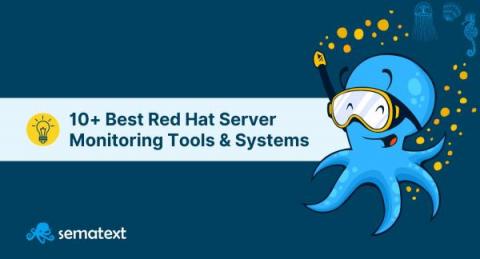Logs vs Metrics: What Are They and How to Benefit From Them
In a rapidly evolving realm of IT, organizations are constantly seeking peak performance and dependability, leading them to rely on a reliable observability platform to obtain valuable system insights. Logs vs metrics play a vital role, as any full-stack observability guide would tell you, serving as essential elements for efficient system monitoring and troubleshooting. But what are logs and metrics, exactly?










